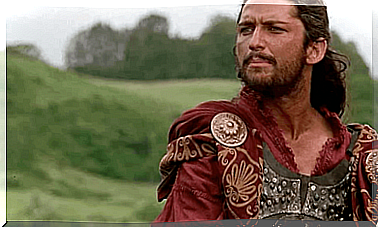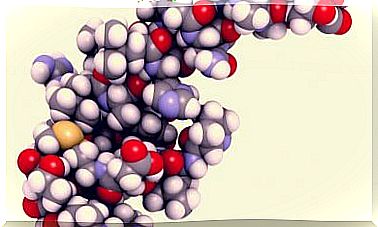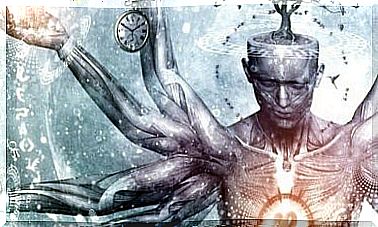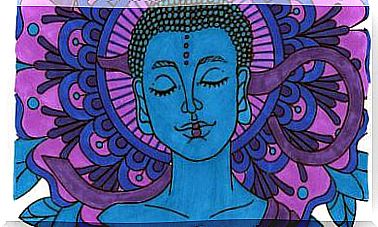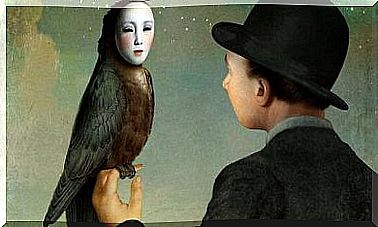Biography Of William Blake, A Visionary Of Artistic Creation
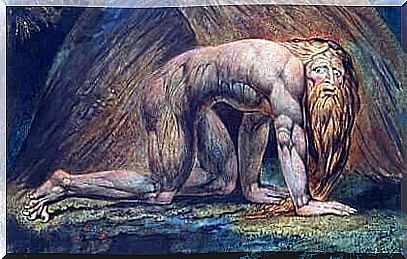
Discover the biography of William Blake, an artistic genius who brought paintings, prints and poetry to life. However, he himself lived in darkness and died in poverty. While he was alive, his vision of art was never recognized, with his style spiritual, fantastic and idealistic at the same time.
Almost without knowing it, he anticipated, with his brushstrokes and verses, the foundation of the Romanticism that would come soon after.
Blake is possibly one of the most unique and interesting artists in our history. He was connected to the sacred and the biblical mysticism so peculiar to which he used to draw inspiration. However, he was also a disturbing man and often branded mad by the visions he claimed to have had since the age of four.
Throughout his life, he said that he received visits from winged entities and also demonic ones. These presences guided his style and his art to sketch a large part of his prints, as well as many of his books.
Works such as Urizen, The Book of Athania, The Book of Los, Vala, and Four Zoas include a prophetic style little seen before. All of this led him to receive the nickname Bad Blake (Blake the madman).
Despite madness, illness or simple creative force, William Blake is today considered a reference in the art world. It was a misunderstood mind that saw in creation a way to attain its own divinity, to transcend beyond the material world in which it had always found itself imprisoned.
Painting and letters were his particular aesthetic channel, in which he left the imprint of his loneliness, emotions and overwhelming visionary ideals.
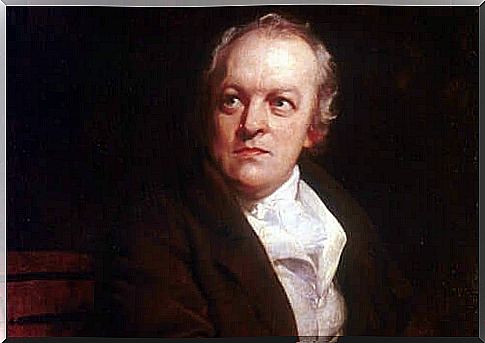
Biography of William Blake, a young artist with prophetic visions
William Blake was born in London in 1757. He belonged to a middle-class family, he was educated at home with his 7 siblings and, in his home, everything revolved around two very specific dimensions: the Bible and art.
Historians believe that his parents belonged to a radical religious sect known as the “Dissenters”, something that could further mark that mystical and spiritual vision that would inspire him so much in his artistic maturity.
Despite not attending any school, William Blake always felt a great attraction to drawing. He copied works by Raphael, Michelangelo, Marten Heemskerk and Albrecht Durer. With the help of his mother, he was able to explore the poetic genre in the works of Ben Jonson and Edmund Spenser.
He was a young man with great artistic determination, had such a strong drive that he turned him into an apprentice engraver (some authors call him a printmaker) in 1772. This training lasted 7 years and Blake became an artist for the Society of Antiquaries and Society Real.
At the age of 21, he began working for various publishers, copying engravings from the tombs of the kings and queens of Westminster Abbey.
He later completed his training as a painter after being admitted to the Design Schools of the Royal Academy of Art. In this first stage of his life, it was common that many of his works departed directly from the visions he had experienced since childhood. Around him and, according to Blake himself, the sight of monks, angels and demons was common.
William Blake, an intellectual dissident
In 1782, William Blake married the young Catherine Boucher. She was a humble class girl whom he taught to read and write. He also introduced her to the art world, trained her as a printmaker to make her his life and work partner.
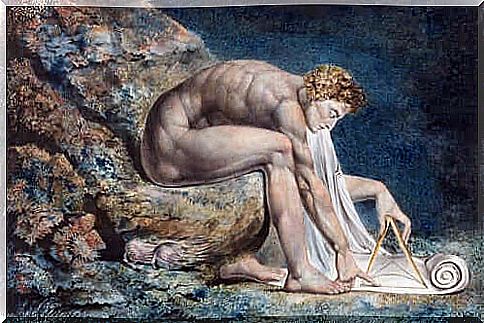
By this time, William and his brother Robert had raised enough capital to open a printing press. This allowed them to support all the dissident intellectuals of the time; revolutionary philosophers, writers and scientists such as Joseph Priestley, Richard Price, Henry Fuselli, and Mary Wollstonecraft (an early feminist and mother of Mary Shelley, author of Frankenstein).
William Blake has published his own works, such as Poetic Sketches, Songs of Innocence, and Visions of the Daughters of Albion. In the latter, he defended aspects as advanced as women’s right to personal fulfillment.
At that time, he started to innovate in his engraving technique. After one of his visions, he tested the etching technique to illustrate the books of poems, thus shaping what he called an illuminated print.
Between 1775 and 1789, two great revolutions took place in the world: the American and the French. All these social movements also acted as a source of great inspiration for William Blake. He has always advocated a freedom exalted by individualism, much in line with Nietzsche.
William Blake’s Misunderstood and Criticized Art
In 1804 William Blake began his most ambitious work: Jerusalem. A book he illustrated and wrote while beginning to exhibit many of his works, such as Chaucer’s Pilgrims of Canterbury and Satan invoking his legions.
However, all his works, literary and artistic, received only mockery, indifference or criticism that qualified him as the hapless lunatic Blake the madman.
From 1809 onwards, Blake was involved in his own ostracism. Disenchantment and the awareness that his work would never be recognized made him separate a little more from his engravings, brushes and verses. Little by little, he sank into darkness and absolute poverty. He died at age 65 and was buried in Bunhill Fields Cemetery in London.
The legacy of an artist who chose to look inside himself
William Blake was not a painter of nature, as were many of the British artists of his day. He avoided direct observation because his inspiration came from within: from his convulsed universe inhabited by prophetic visions.
His gaze did not watch the sunrise, trees in the wind, or oceans or abbeys, as in the work of Caspar David Friedrich.
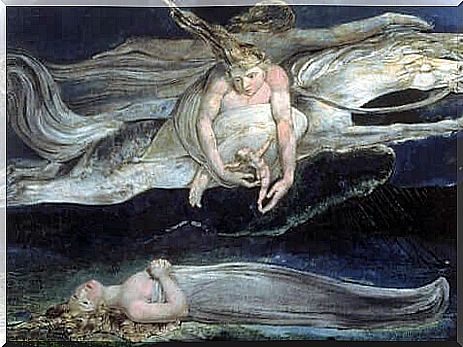
In Blake’s poetic legacy and engravings is the darkness of the inaccessible. There is also that mystical force that instantly frightens, uneasy, and seems to reveal an indecipherable message.
For many critics, his work had something of blasphemy, others guessed in his verses and in his drawings that premonitory air that would make him a key and exceptional figure in Romanticism.
